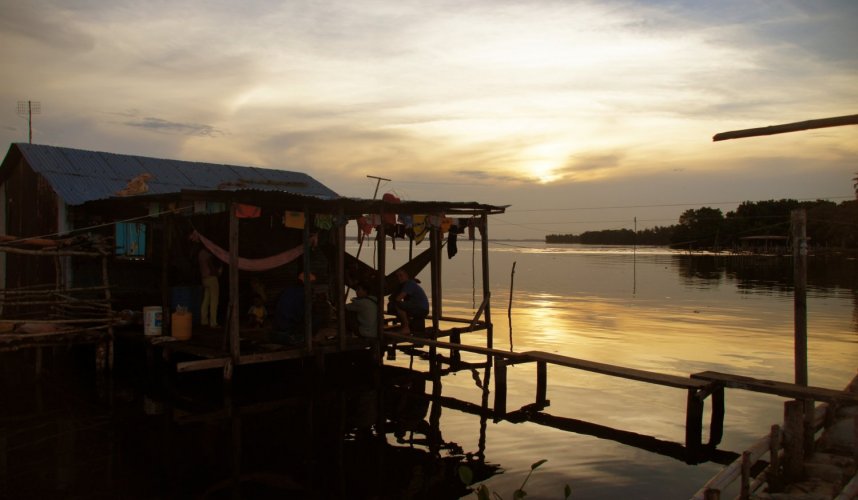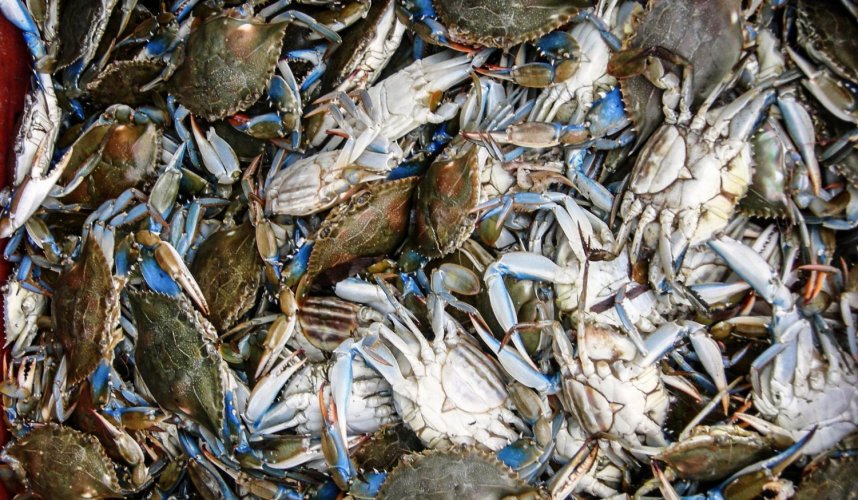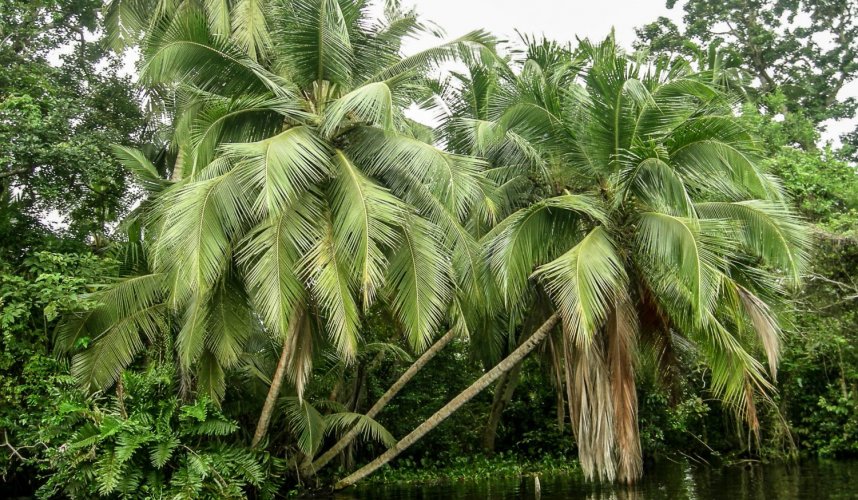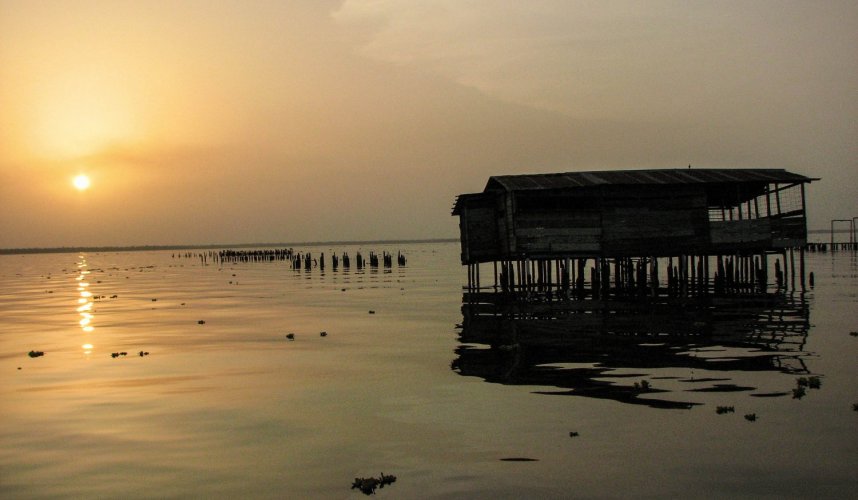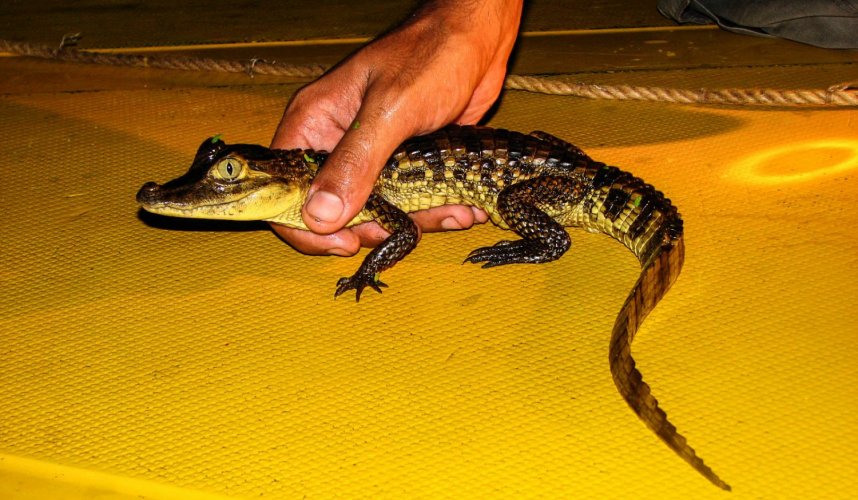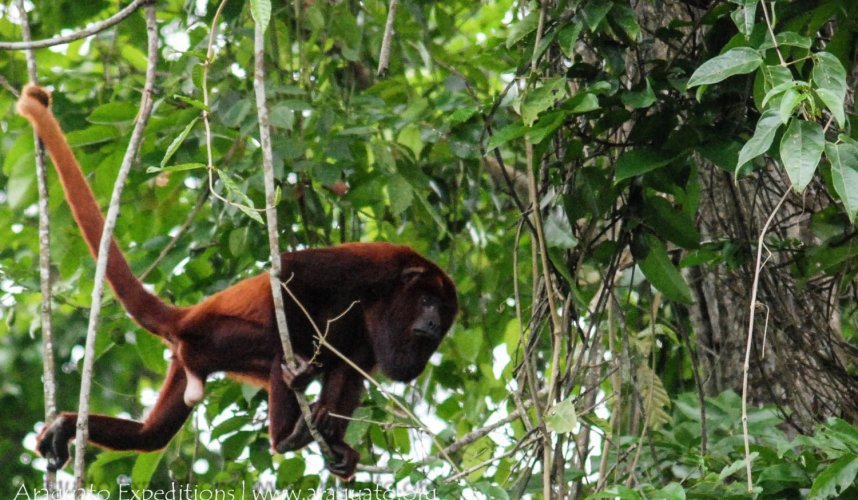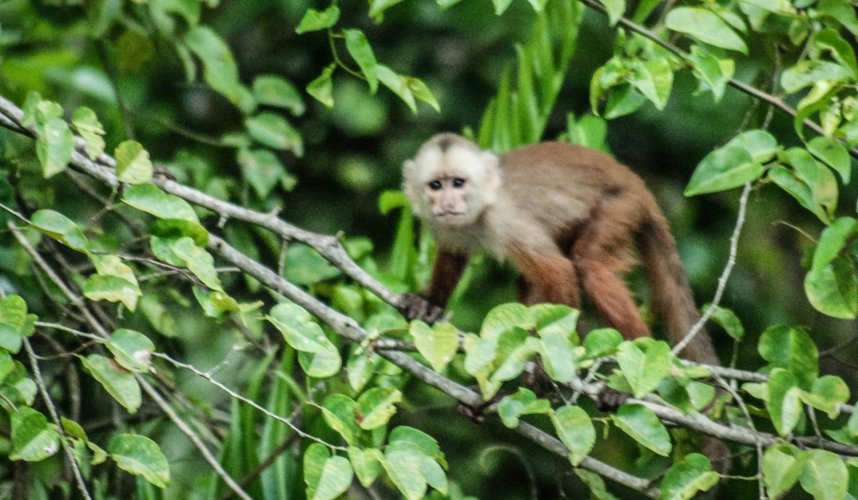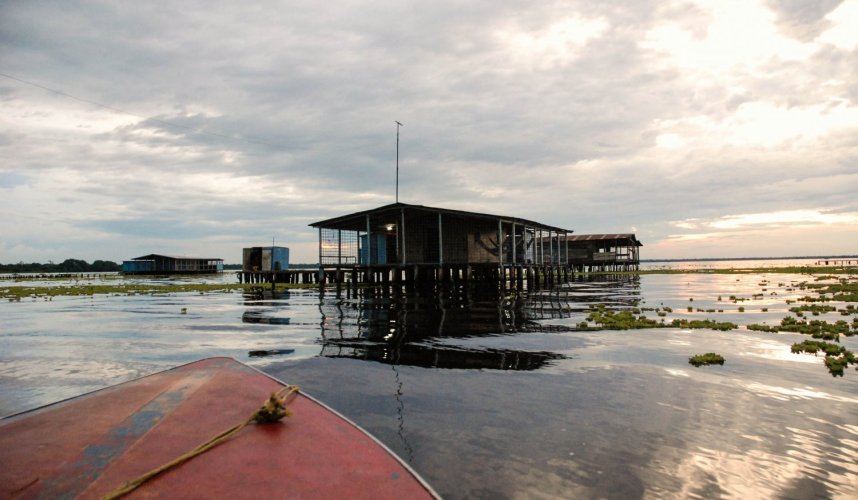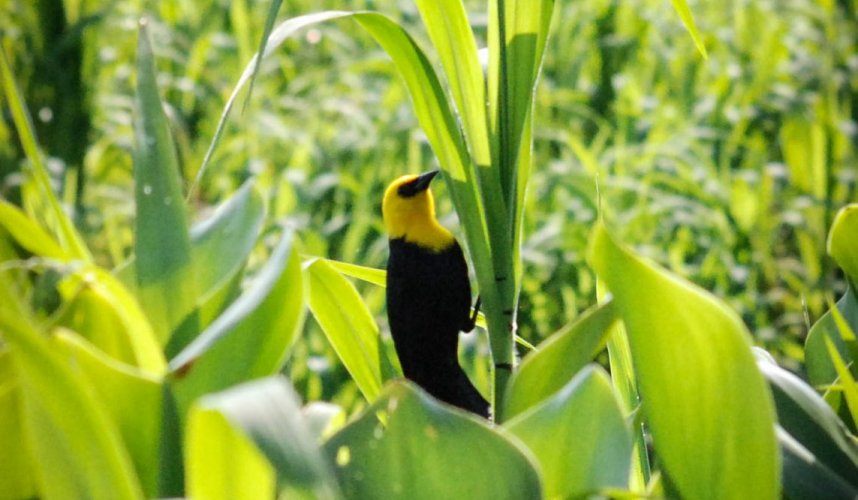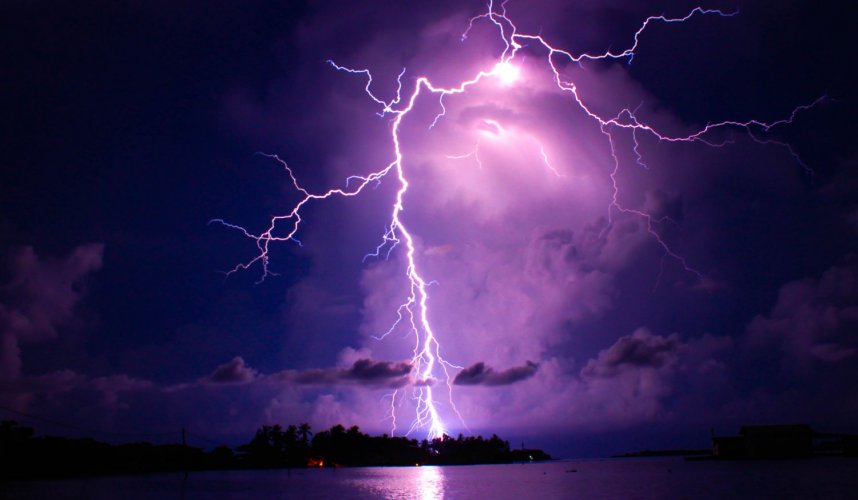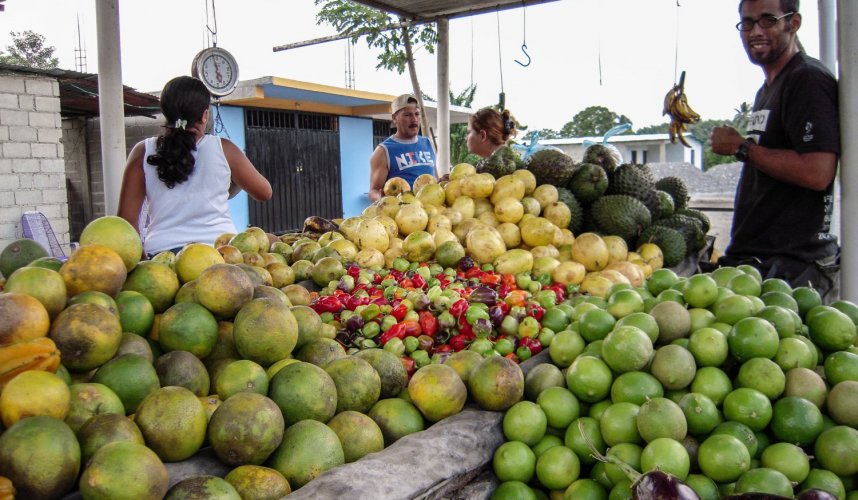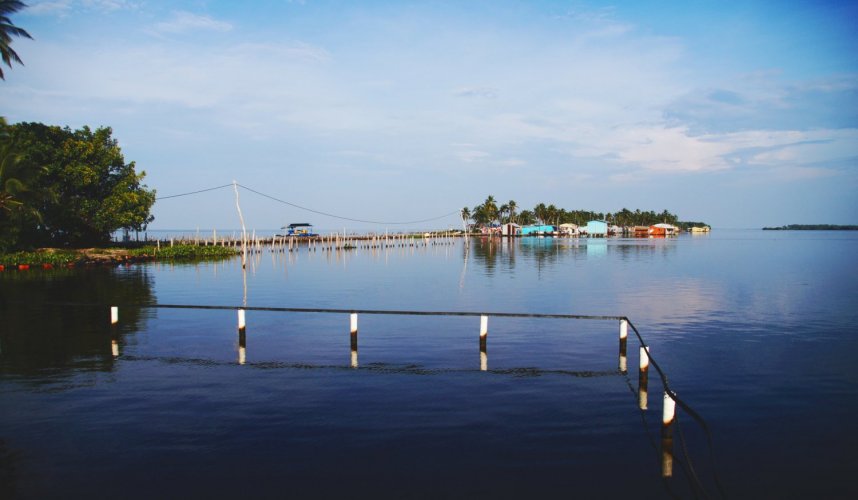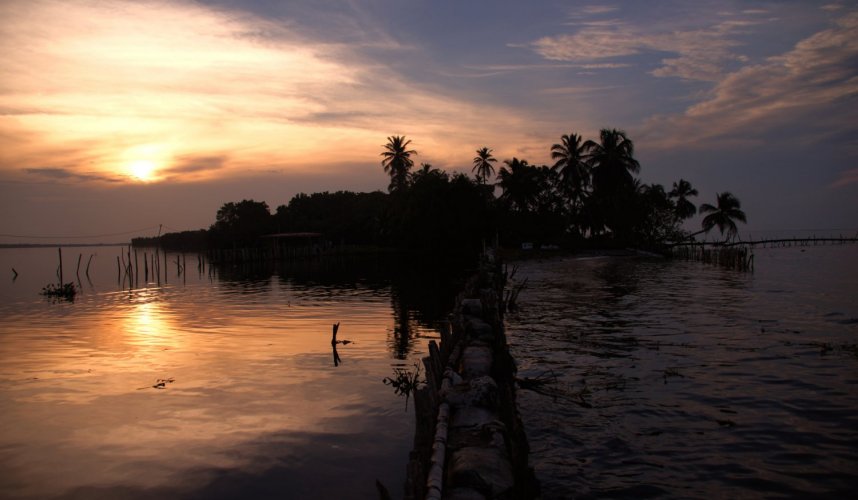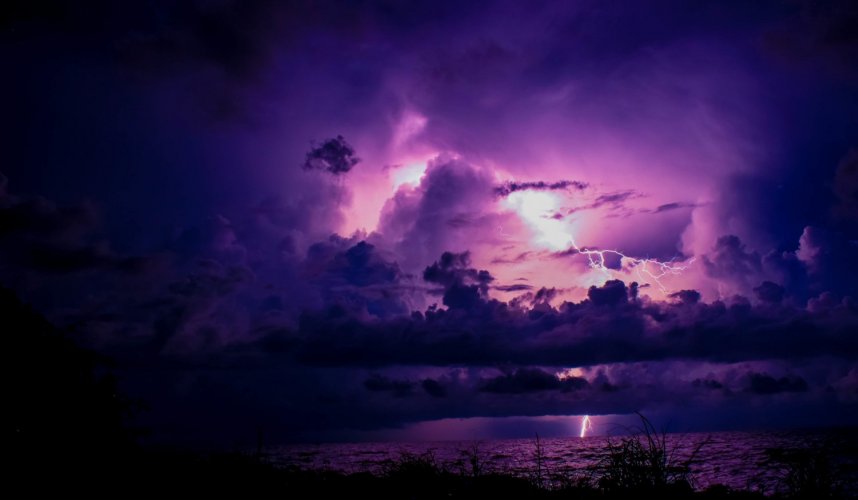TOURS | THE CATATUMBO LIGHTNING
 
Discover the Stunning Catatumbo Lightning: Nature's Electric Marvel in Venezuela
 
In the south of Lake Maracaibo, Venezuela, the Catatumbo Lightning phenomenon creates a breathtaking natural spectacle. Known for its ecological significance, this unique phenomenon plays a vital role in regenerating the ozone layer. Featuring silent bolts that can reach heights of 10 kilometers, the Catatumbo Lightning occurs up to 260 times a year, with storms lasting as long as 10 hours each night. It proudly holds the Guinness World Record for the highest concentration of lightning on Earth, boasting an astounding 181 discharges per square kilometer annually.
Why Catatumbo Lightning Matters
Beyond the lightning, the region is rich in biodiversity. Explore the lush cloud forests of La Azulita, sail through the serene river mouths of National Park Ciénagas de Juan Manuel, and spot a diverse array of wildlife.
How to Experience Catatumbo Lightning
For a truly immersive experience, stay overnight in a "Palafito," a traditional stilt house that reflects the area's history and resemblance to Venice, inspiring the name "Venezuela" during the Spanish conquest. Adventure and natural beauty await in this enchanting corner of the world!
1. - CATATUMBO LIGHTNING AND SOUTH OF THE MARACAIBO LAKE, 2 DAYS/ 1 NIGHT
| Lenght: 2 Days / 1 Night |
| Dificultad: Easy - All travelers |
| A two day trip to explore the souther regions of Mérida in our way to Maracibo Lake to discover it's amazing fauna and spend one night to try luck and see the unique phenomenom of the Catatumbo Lightning   |
-
Day 1: Kick off your Catatumbo Lightning tour with a morning departure from Merida, heading south to the charming village of Lagunillas, famous for its unique Urao Lagoon. Discover the fascinating mineral history and continue to La Palmita and La Victoria, with a potential stop at a local sugarcane trapiche.
After a delicious lunch, journey through lush banana and oil palm plantations to Puerto Concha, where we‚Äôll switch to fishermen's boats. As we sail into the gallery forest, keep an eye out for howler monkeys, colorful macaws, and the rare Chicag√ľire bird. Our magical boat ride will culminate at sunset when we arrive at Sector Chamita of the Cienagas de Juan Manuel National Park and camp at our cozy palafito on Lake Maracaibo.
Enjoy a barbecue dinner on the lake, followed by a thrilling night safari to spot alligators and nocturnal wildlife. As night falls, prepare to be amazed by the spectacular Catatumbo lightning display. Join us for this unforgettable adventure! (L/D)
-
Day 2: Rise early to witness a breathtaking sunrise as we sail through the mangrove channels, keeping an eye out for incredible wildlife. You might even spot dolphins, a manatee, or an American crocodile! After a delicious breakfast back at our palafito, we’ll head back to Puerto Concha, retracing our route for more wildlife watching.
Next, we’ll embark on a scenic drive to La Azulita, perched at 1,600 meters above sea level. Enjoy the picturesque mountain road lined with coffee and cocoa plantations. After lunch in La Azulita, we’ll explore the lush cloud rainforest, making stops to soak in the stunning landscapes.
By late afternoon, we’ll return to Merida, filled with unforgettable memories from your Catatumbo Lightning tour. (B/L)
Catatumbo Lightning Adventure Pricing
| Group Size | Price per Person (USD) |
|---|---|
| 2 Travelers | $480 |
| 3 Travelers | $345 |
| 4 Travelers | $275 |
| 5+ Travelers | $235 |
 
Upcoming Departures for Catatumbo Lightning Adventure
| Departure Date | Return Date |
|---|---|
|   |   |
|   |   |
|   |   |
|   |   |
2.- CATATUMBO LIGHTNING | EL CONGO MIRADOR & OLOG√Ā 3 DAYS / 2 NIGHTS
| Lenght: 3 Days / 2 Nights |
| Dificultad: Easy - All travelers |
|
Join us for an extended itinerary that includes an extra night in the remote villages of Congo Mirador and Olog√°, right in the heart of the lightning observation area. This adventure offers more opportunities for wildlife observation and the chance to immerse yourself in the unique "Palafito" villages that float on the waters of Lake Maracaibo. If you have the time, this is the ultimate way to experience the stunning Catatumbo Lightning and the rich biodiversity of this captivating region! |
-
Day 1: Journey to the Wild Kick off your adventure with a morning departure from Merida, heading south to El Vigia. Our first stop is the charming village of Lagunillas, home to the famed Urao Lagoon, rich in sodium sesquicarbonate, historically used by Indigenous peoples for crafting Chimó. Next, we’ll pass through La Palmita and La Victoria, with a possible stop at a local "Trapiche," where sugarcane is processed.
After a scenic lunch, we‚Äôll navigate through lush banana and oil palm plantations to Puerto Concha, where we‚Äôll switch to fishermen's boats. As we glide into the gallery forest, keep your eyes peeled for howler monkeys, capuchins, macaws, toucans, and the rare Chicag√ľire bird. This magical boat ride will carry us into the sunset, where we‚Äôll settle into our ‚Äúpalafito‚ÄĚ for the night. Enjoy a barbecue on Lake Maracaibo, followed by a thrilling night safari to spot alligators and nocturnal wildlife. As darkness falls, we‚Äôll wait for the mesmerizing Catatumbo Lightning display. (L/D)
-
Day 2: Village Exploration and Lightning Watch Rise early to witness a stunning sunrise as we sail through the mangrove channels of La Bollera, searching for dolphins, manatees, and perhaps an American crocodile. After breakfast, we’ll embark on a two-hour journey to the stilt village of Congo Mirador. Upon arrival, we’ll set up camp and spend the day exploring this vibrant community and neighboring Ologá, both prime spots for lightning observation. As night falls, prepare for an unforgettable view of the Catatumbo Lightning from close range. (B/L/D)
-
Day 3: Scenic Return After an early breakfast, we’ll retrace our steps back to Puerto Concha, soaking in the wildlife along the way. Then, we’ll take a scenic route to La Azulita, climbing to 1,600 meters above sea level on a picturesque mountain road. Enjoy lunch in La Azulita before we venture into the misty cloud forest at over 2,000 meters. We’ll pause to appreciate the breathtaking landscapes and spot local wildlife. By late afternoon, we’ll return to Merida, filled with unforgettable memories of this unique journey. (B/L)
Catatumbo Lightning Adventure Pricing
| Group Size | Price per Person (USD) |
|---|---|
| 2 Travelers | $680 |
| 3 Travelers | $498 |
| 4 Travelers | $410 |
| 5+ Travelers | $350 |
Upcoming Departures for Catatumbo Lightning Adventure
| Departure Date | Return Date |
|---|---|
|   |   |
|   |   |
|   |   |
|   |   |
     CATATUMBO GEAR LIST: |
|---|
| You can copy and paste this list into a text file and use it as a "checklist" before the trip |
- [ ] Passport or original identity 
- [ ] Swimsuit 
- [ ] Sun protection (cream, sunglasses and hat) 
- [ ] Raincoat 
- [ ] Flashlight 
- [ ] Closed shoes and sandals preferably hiking 
- [ ] Towel 
- [ ] Short and long trousers 
- [ ] Light clothes - pricipalmente will heat during the day 
- [ ] Long sleeves for the night (the temperature drops a little) 
- [ ] Insect repellent. 
- [ ] Ensure sufficient charged batteries and storage for your photographic gear
 THE CATATUMBO TOURS INCLUDE: |
|---|
- Transportation in 4x4 vehicles 
- Bilingual guide specialized in the region 
- Accommodation at house on stilts in hammocks with mosquito net
- All meals from lunch on the first day to lunch on the day of return.  
- All activities described in the program
 THE CATATUMBO TOURS DON'T INCLUDE: |
|---|
- Alcoholic beverages
- Tips
- Any form of transport or activities not mentioned in the program
REMARKS & NOTES: |
|---|
- This tour can also begin and end at El Vigia Airport, conveniently connected to Caracas with daily flights. We can pick you up right at the airport, allowing you to dive into the adventure without delay! While this option skips the scenic drive through southern Mérida, it gives you more time to explore the stunning landscapes of Lake Maracaibo.
- This itinerary may change depending on weather conditions at the time and the influx of visitors. The best time to visit this region is from April to November.
 POSSIBLE TOUR COMBINATIONS: |
|---|
The Catatumbo excursion can be combined with a visit to Los Nevados (+ 2-3 days), Los Llanos (+ 4 days) and around the city of Merida. Ask us about these possible combinations and we'll gladly help you to enrich your visit to this beautiful region of Venezuela



